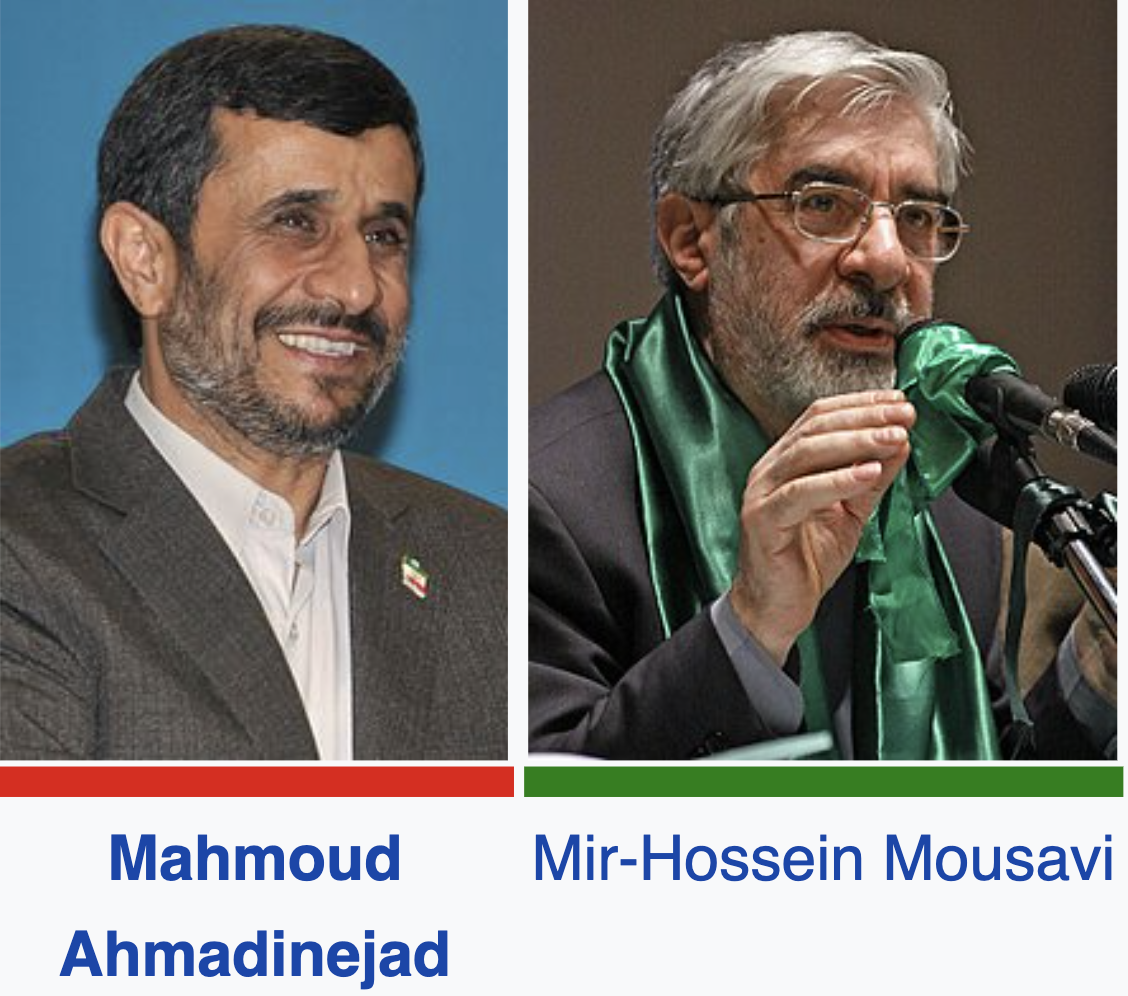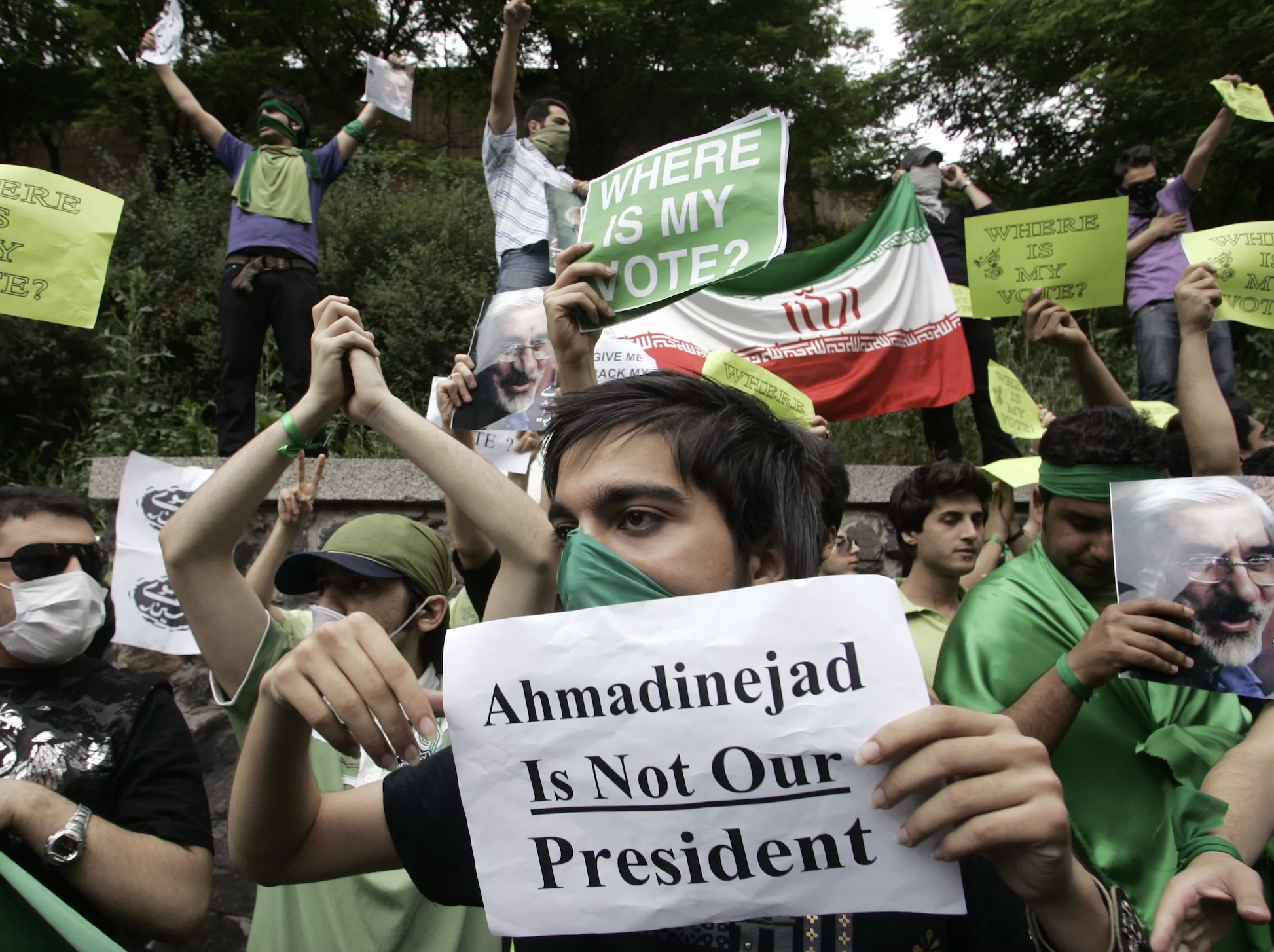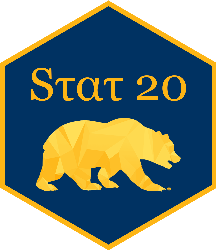
Lab: Elections
STAT 20: Introduction to Probability and Statistics
2009 Iran Election
Background
- Ongoing public sentiment that previous election was fraudulent
- The highest voter turnout in Iran’s history
Leading candidates
- Mahmoud Ahmadinejad: Leader of conservatives and incumbent president.
- Mir-Hossein Mousavi: Reformist and former prime minister. Seeking rapid political evolution.

Outcome
Ahmadinejad won the election with 62.6% of the votes cast, while Mousavi received 33.75% of the votes cast.
Post-election controversies and unrest

- Allegations of fraud
- Public protests and unrests
- The green wave movement, led by Mousavi, against the allegedly fraudulent election and Ahmadinejad’s regime
Was the election fraudulent?
Benford’s “Law”
What is the distribution of city/town populations in all cities and towns in California?
What is the distribution of the first digit of city/town populations in all cities and towns in California?
Benford’s “Law”
Let \(X\) be the first digit of a randomly selected number. \(X \sim Benfords()\) if
\[P(X = x) = \log_{10}\left(1 + 1/x \right)\]
Benfords “Law” and Elections
Fraud detection using Benford’s Law
- A common theory is that in a normally occurring, fair, election, the first digit of the vote counts county-by-county should follow Benford’s Law. If they do not, that might suggest that vote counts have been manually altered.
- This theory was brought to bear to determine whether the 2009 presidential election in Iran showed irregularities1.
Lab: Elections
In this lab we will:
- Examine the Benford’s Law probability distribution
- Compare the first digits of vote counts in the 2009 Iranian election to this distribution
- Reach a conclusion on whether the election was fraudulent (or whether the Benford’s Law is a good tool at detecting fraud in the first place).
50:00
